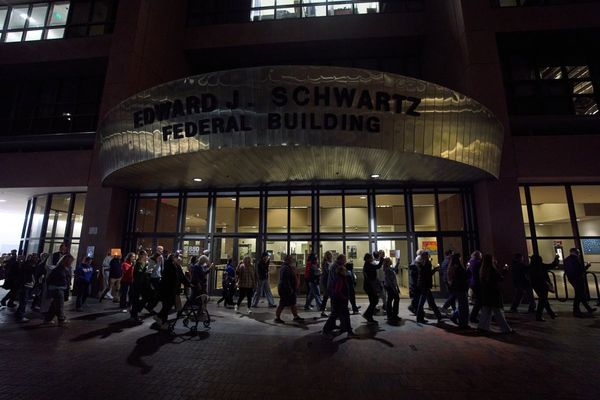
For most homeowners, small repairs and quick DIY projects feel like simple ways to save money. But sometimes, what starts as an affordable fix ends up becoming a costly cycle of repairs, replacements, or hidden problems. Many common household fixes look budget-friendly upfront, yet they drain your wallet over time. By understanding which projects can turn into financial traps, you can make smarter decisions and avoid expensive mistakes. Here are some of the most common household fixes that could be costing you more than you realize.
1. Constantly Patching Roof Leaks
Fixing a minor roof leak with patchwork may seem like the easiest solution, but it rarely addresses the underlying issue. Water damage spreads quickly, often compromising insulation, ceilings, and even structural beams. Many homeowners spend hundreds on repeat repairs instead of tackling the core problem with a full section replacement. Over time, these “quick” fixes can add up to thousands of wasted dollars. When it comes to household fixes like roofing, short-term solutions can turn into long-term expenses.
2. Repeatedly Snaking Drains
Clogged drains are one of the most common household problems, and snaking them feels like an easy, inexpensive fix. However, frequent clogs often point to a larger plumbing issue, such as tree roots, grease buildup, or deteriorating pipes. Continually paying for temporary unclogging only delays the inevitable and can increase the risk of flooding. In some cases, ignored drainage issues can damage flooring and cabinetry, multiplying costs. Investing in a professional inspection can prevent this household fix from spiraling out of control.
3. Painting Over Moldy Walls
Painting over mold is one of the worst household fixes because it hides the symptom without addressing the cause. While the fresh coat may look good initially, the mold will resurface and spread underneath. Mold issues often stem from leaks, humidity, or poor ventilation that require immediate correction. Left untreated, mold can cause health problems and even reduce your home’s resale value. Spending money on paint instead of remediation turns a small issue into an expensive hazard.
4. Patching Foundation Cracks with Sealant
When homeowners spot cracks in their foundation, many reach for sealant to cover them up. While this looks like an easy solution, it ignores the structural issues that may be causing the cracks. Foundation problems can worsen quickly, leading to uneven floors, stuck doors, and damaged walls. The longer they’re ignored, the more expensive professional repairs become. What seems like a cheap household fix can end up being one of the most expensive repairs you’ll ever face.
5. Replacing Appliances Piece by Piece
Another common household trap is repeatedly repairing an old appliance instead of replacing it altogether. Paying for new parts like motors, sensors, or control panels may feel cheaper than buying a new machine. However, the cumulative cost of these small fixes often surpasses the price of an updated, energy-efficient replacement. Older appliances also waste more electricity and water, driving up utility bills. In the end, this household fix costs more than simply investing in a new unit.
6. Ignoring Electrical Wiring Issues
Loose outlets, flickering lights, and tripped breakers often tempt homeowners to attempt quick electrical fixes. While replacing an outlet cover or resetting a breaker may help temporarily, these issues often point to deeper wiring problems. Ignoring electrical issues increases fire risk and could result in costly emergency repairs later. Hiring a licensed electrician may feel expensive, but it protects both your safety and your budget in the long run. Cutting corners on electrical household fixes can be especially dangerous.
7. Filling Driveway Cracks Without Resurfacing
Asphalt driveways often develop cracks that homeowners quickly fill with sealant. While this helps for a short time, the deeper damage beneath the surface continues to expand. Over the years, constant patching can make resurfacing even more expensive. Extreme weather conditions worsen the problem, leaving homeowners stuck in a cycle of seasonal repairs. Sometimes the smartest financial move is to resurface or replace the driveway rather than rely on endless small fixes.
Smarter Spending for Lasting Results
Many homeowners unknowingly fall into the trap of repeating cheap fixes instead of addressing root causes. While household fixes may seem cost-effective in the moment, they often snowball into financial burdens over time. By investing in professional inspections and long-term solutions, you can avoid the cycle of recurring expenses. Smart maintenance saves money, protects your home, and prevents stress in the future. When it comes to your home, quick fixes aren’t always the cheapest option.
Have you ever fallen into one of these household fix-it traps? Share your experience in the comments so others can learn how to avoid costly mistakes.
You May Also Like…
- 8 DIY Mistakes That Will Cost You Thousands at Resale
- Are You Legally Required to Report Certain DIY Repairs When Selling?
- What Happens If You Mislabel Your DIY Electrical Work?
- Why Your Garage Might Be the Most Dangerous Room in the House
- 7 Household Layouts That Make Men Feel Trapped
The post Are These Common Household Fixes Becoming Financial Traps? appeared first on Clever Dude Personal Finance & Money.







